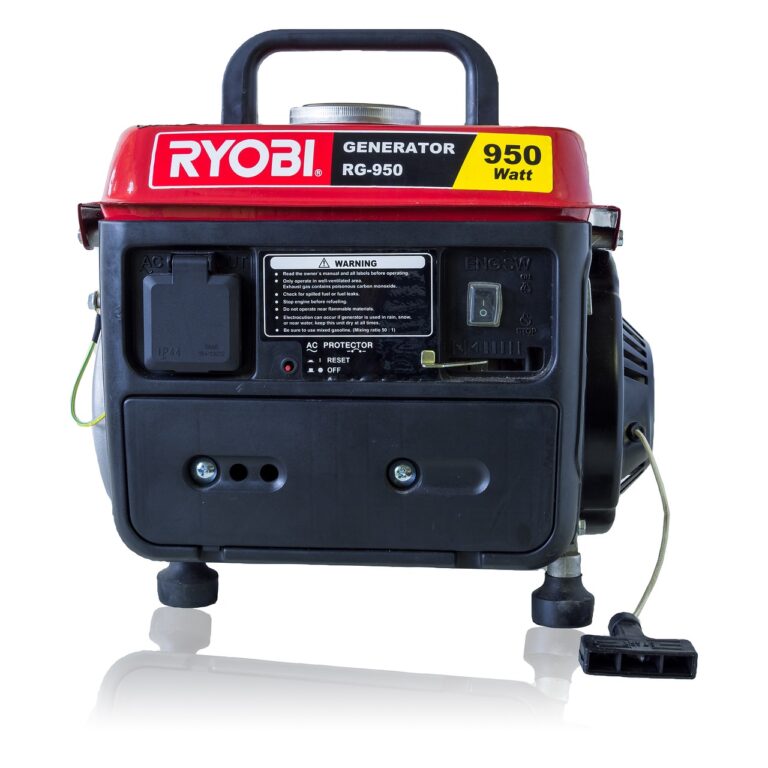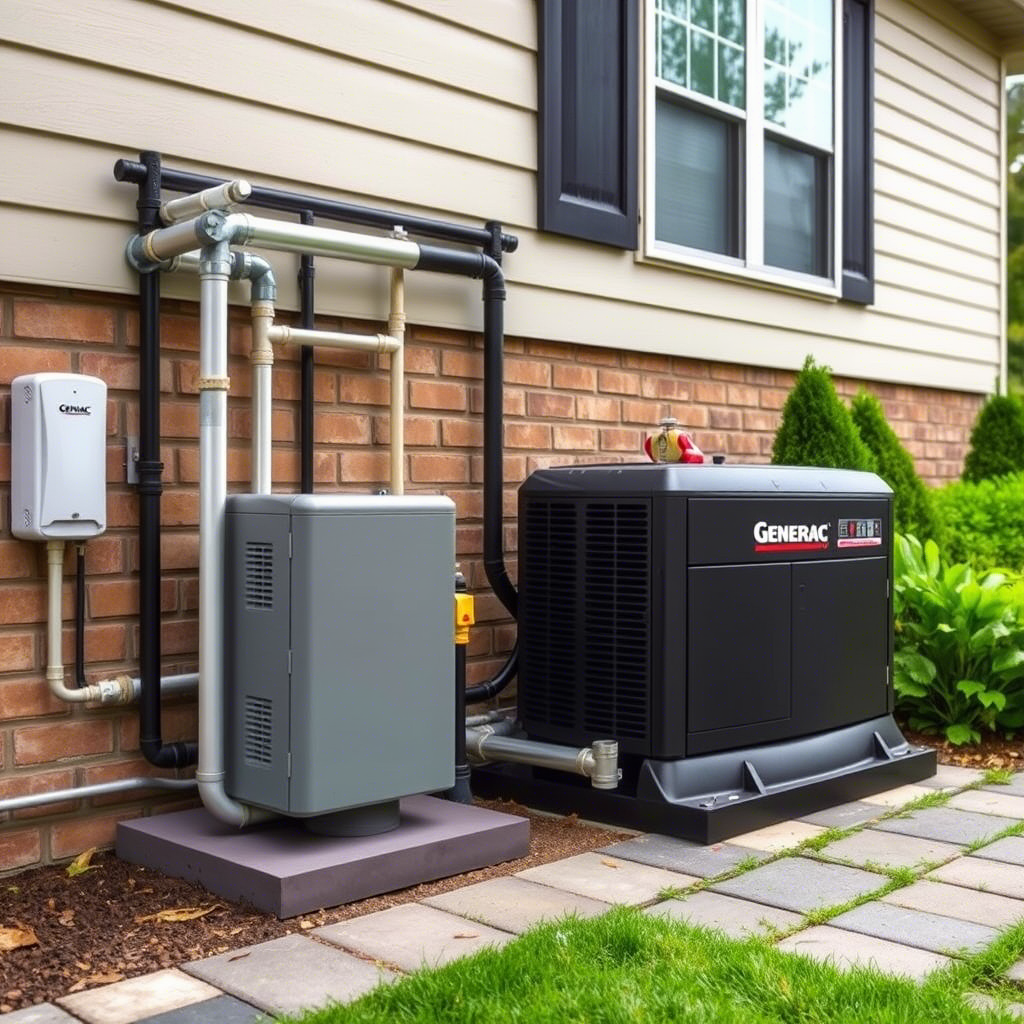How do I properly check the oil level in my portable generator?
As a generator owner, it’s important to regularly check the oil level to ensure your generator is running smoothly and efficiently. In this article, I’ll walk you through the steps of how to properly check the oil level in your portable generator.
First, let’s start with the basics. The oil in your generator serves as lubrication for the moving parts and helps to keep the engine cool. Without the proper amount of oil, your generator can become damaged and may not function properly.
Step 1: Locate the oil dipstick
The first step in checking the oil level is to locate the oil dipstick. This is typically located near the oil fill cap and has a handle or loop on the end for easy removal. On some generators, the dipstick may be located under the generator or inside the control panel. Refer to your generator’s owner’s manual for the specific location of the dipstick.
Step 2: Prepare to check the oil level
Before checking the oil level, make sure your generator is on a level surface and is turned off. Allow the generator to cool down for a few minutes if it has been running.
Step 3: Remove the oil dipstick
Carefully remove the oil dipstick from the generator. Be sure not to lose the dipstick, as it’s an important part of the generator and should be kept with the owner’s manual.
Step 4: Check the oil level
With the dipstick in hand, wipe it clean with a rag or paper towel. This will help give you an accurate reading of the oil level. Re-insert the dipstick into the generator and remove it again. The oil level should be between the two marks on the dipstick. If the oil level is low, you’ll need to add oil to the generator.
Step 5: Add oil as needed
If the oil level is low, you’ll need to add oil to the generator. Be sure to use the correct type of oil recommended by the manufacturer. This information can be found in the owner’s manual or on the generator itself.
When adding oil, it’s important not to overfill the generator. Overfilling can cause the oil to foam and damage the generator.
Here is a list of some commonly used generator oils and their characteristics:
| Oil Type | Description |
|---|---|
| SAE 30 | A standard oil used in small engines and generators. It is a mineral-based oil that is suitable for temperatures above freezing. |
| SAE 10W-30 | A multi-grade oil that can be used in a wide range of temperatures. It is suitable for use in small engines and generators and is a popular choice for portable generators. |
| SAE 10W-40 | A multi-grade oil that can be used in a wide range of temperatures. It is suitable for use in small engines and generators and is a popular choice for portable generators. It has a higher viscosity than SAE 10W-30 and provides better protection in hot temperatures. |
| Synthetic oil | Synthetic oil is a man-made oil that is designed to provide better protection and performance in extreme temperatures. It can be more expensive than mineral-based oils, but it is a good choice for generators that are used in extremely hot or cold temperatures. |
It’s important to note that some generator manufacturers may recommend a specific brand or type of oil. In such cases, it’s best to use the recommended oil to ensure the best performance and protection for your generator.
It’s also important to note that some generators may require special types of oil like synthetic, or oil specifically designed for diesel generators. Always refer to your generator’s manual before purchasing and using oil.
Step 6: Check oil level regularly
It’s recommended to check the oil level in your generator every time you use it, or at least once a month if it’s not used frequently.
Let’s say you have a portable generator and you want to check the oil level before using it for the first time in a month.
- First, you would locate the oil dipstick, it would be located near the oil fill cap.
- Next, you would make sure that the generator is on a level surface and is turned off.
- Carefully remove the oil dipstick from the generator and wipe it clean with a rag or paper towel.
- Re-insert the dipstick into the generator and remove it again.
- Check the oil level, it should be between the two marks on the dipstick.
- If the oil level is low, you’ll need to add oil to the generator.
- Use the correct type of oil recommended by the manufacturer and do not overfill the generator.
In conclusion, checking the oil level in your portable generator is a simple process that can help ensure your generator is running smoothly and efficiently. By following the steps outlined in this article, you can easily check the oil level and add oil as needed. Remember to check the oil level regularly and use the correct type of oil recommended by the manufacturer.


